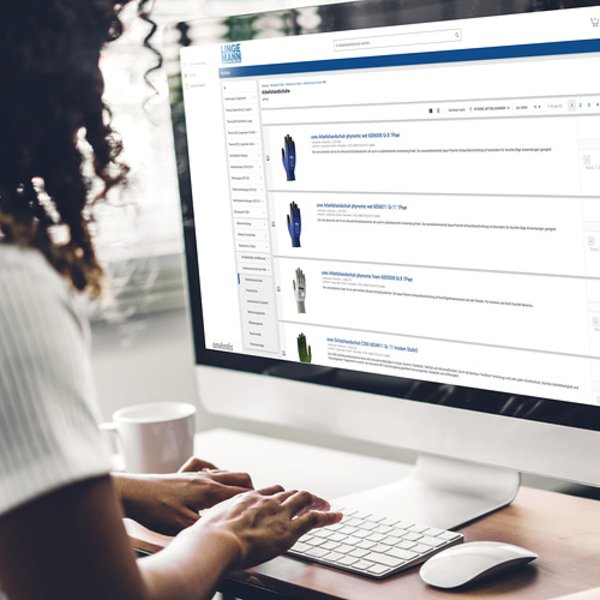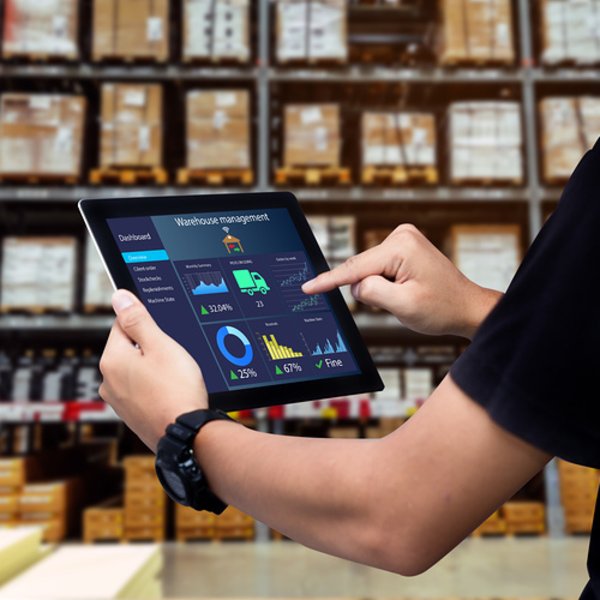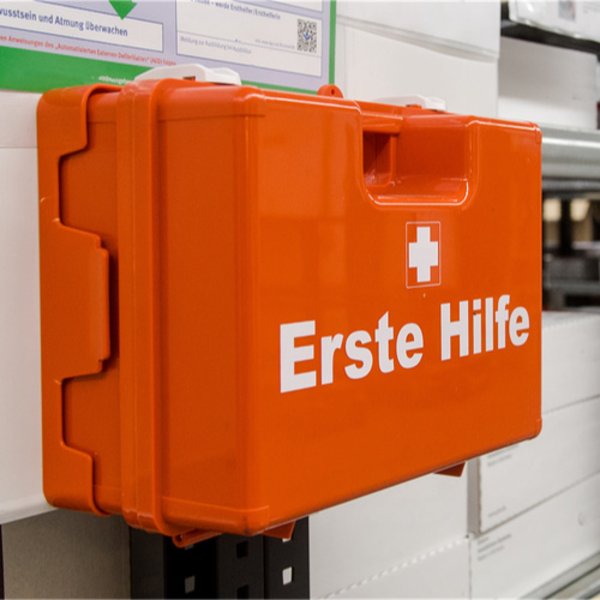More efficiency through standardization

Individual assortments / standardization

IT Systems
Initial situation
In the purchasing systems, regardless of whether in the ERP or an e-procurement platform, the provision of the article data is the be-all and end-all. The connection of supplier catalogs and marketplaces is common practice and to reduce the number of necessary requirements is sometimes used very large assortments unlocked.
The problem with this approach is a large number of different makes and sources of supply that are ordered and also used. On the one hand, it is now difficult to achieve better purchase prices through cumulative order quantities, on the other hand, to ensure compliance with internal guidelines such as glove plans or clothing specifications.
With Lingemann you standardize your range.
Analysis by Lingemann
In 2011 a customer who develops and produces surface-refined components, primarily for the automotive industry, commissioned us. An important part of the order included the storage and standardization of the C-parts. Our customer's production is spread over several factory halls and the goods must be transported internally.
Due to the many different sources of supply and articles, stocking the products was time-consuming and parts of the inventory were often unused. The distribution of goods from on-demand orders via incoming goods was costly and time-consuming.
Implementation
The standardization of the entire C-part requirement is a challenge. In the project with our customer, we decided to plan this process step by step. First, we introduced our e-procurement system from Onventis and covered a large part of the demand with our product range catalogs.
We then checked product group by product group and, in cooperation with the specialist departments, developed a standard range for each area. As soon as a product group was completed, we integrated the area in the customer-specific catalog and faded out the corresponding categories in the product range catalogs.
To stock up on the products, Lingemann rented a storage area near the factory and gradually added the defined standard products to the warehouse. The goods ordered were distributed directly to the users' cost centers by Lingemann staff.
Operation and ongoing optimization
We have set up an online ordering platform for our customers. All orders can now be placed via this platform, taking into account a multi-level approval workflow. This includes around 90% of the standard items and special procurement. The orders are transferred to the customer system so that the goods can be booked later. The invoice is issued via EDIFACT. Also, our customer receives monthly reports with a detailed overview of cost centers.
To be able to carry out this extensive identification of the articles, Lingemann employees were on-site at the customer for a longer period. So we could create the optimal delivery portfolio. Together with purchasing and the specialist departments, we developed a customer-specific catalog that only contains the agreed products. This ensures that users use the products specified in the glove plan, for example. Out of 15 differently sourced pencils, three have been adopted as the standard in this catalog. We can now procure these three items more cheaply and keep them in stock.
The employees also received training and were activated for the ordering system. The inventory of frequently purchased products is continuously optimized.
In the future, we will introduce further automation to our customers through output systems such as the BOOST.Tower, the BOOST.Boxes, buttons, and sensors.
Measurable success
The entire implementation took about 6 months. The first delivery activities were already recorded after a few days. Thanks to these measures, our customer was able to save time and effort in accounting, purchasing, logistics, and incoming goods. There has been a reduction in walking distances. Our customers no longer incur any storage costs and delivery times have been shortened through lean approval procedures. To enable transparent communication, he receives a monthly overview of costs for purchasing and controlling.
Overall, Lingemann was able to reduce the number of suppliers in the C-parts area by around 430.
Case Study (PDF)


![[Translate to English:] [Translate to English:]](/fileadmin/user_upload/leistungen/Landingpage_Header_neu2022.png)




